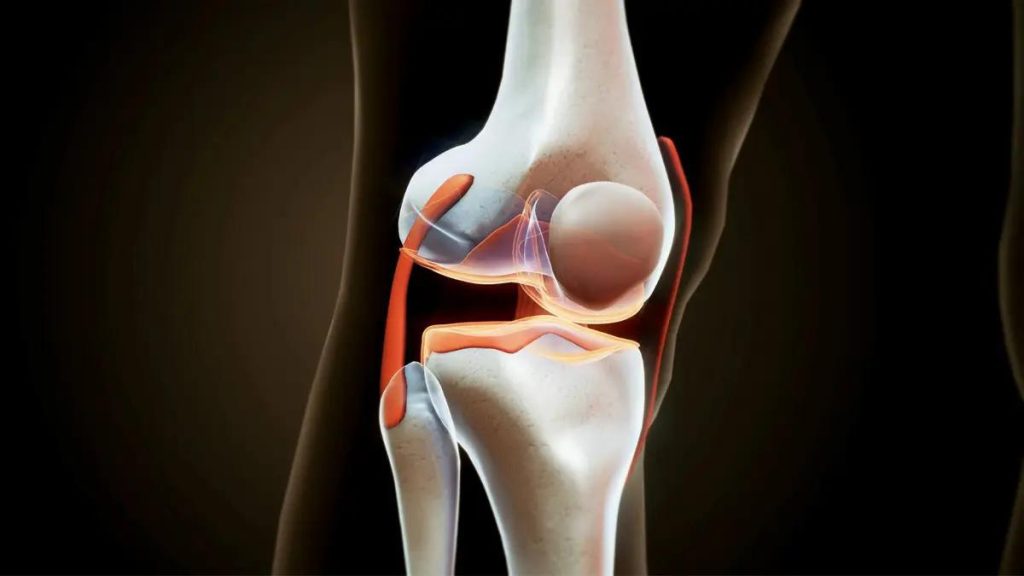- WHO updates definition of airborne pathogens to include respiratory droplets spreading through the air or landing on a person, regardless of droplet size.
- New report aims to clarify how pathogens spread through the air, with “transmission through the air” as a blanket phrase encompassing “airborne transmission” and “direct deposition.”
- The updated terminology is designed to improve communication about pathogen transmission and could lead to clearer public health messaging, particularly in response to respiratory infections like Covid-19.
In a recent technical report, the World Health Organization (WHO) has redefined the concept of airborne pathogens, introducing new terminology and overarching descriptors. This update aims to provide clearer guidelines on how to describe the transmission of pathogens through the air, particularly in terms of infectious respiratory droplets. The report, developed in consultation with hundreds of scientists, offers a more comprehensive framework for understanding how respiratory particles can spread and cause infection in humans.
Understanding Airborne Transmission
According to the WHO report, “transmission through the air” now encompasses two main subcategories: “airborne transmission” and “direct deposition.” Airborne transmission occurs when infectious respiratory particles are expelled into the air through activities like coughing or sneezing and are then inhaled by another person, potentially leading to infection. On the other hand, direct deposition refers to when these particles land directly on a person’s mouth, nose, or eyes, also posing a risk of infection.
One of the key motivations behind this update is to address the confusion that has surrounded the terminology used to describe airborne transmission. The report emphasizes that infectious respiratory particles can vary in size and can travel both short and long distances, challenging the notion of a specific particle size threshold for airborne transmission.
Impact on Public Health Communication
The WHO report is expected to have a significant impact on public health communication. By providing a more precise and consistent language for describing airborne pathogens, it will enable clearer communication with the public. This, in turn, can help individuals better understand how pathogens are transmitted and how they can reduce the risk of infection.
Experts, such as Linsey Marr, an aerosol scientist and professor at Virginia Tech, believe that this report will help correct misconceptions about airborne transmission. Prior to this update, there was a flawed understanding of how diseases like Covid-19 were transmitted, leading to ineffective preventive measures. Marr hopes that this report will enable public health communicators to use the term “airborne” more freely, as it is a simple and clear way to explain transmission to the average person.
While the new terminology provides a valuable framework for describing airborne pathogens, the report acknowledges that further research and discussion are needed. The WHO emphasizes the importance of continued multidisciplinary research to refine and expand upon the descriptors outlined in the report.
In conclusion, the WHO’s updated criteria for pathogen transmission through the air represent a significant step forward in our understanding of how infectious diseases spread. By providing clearer terminology and guidelines, this report has the potential to improve public health communication and enhance our ability to prevent and control the transmission of airborne pathogens.
Tags: WHO, airborne pathogens, respiratory droplets, pathogen transmission, infectious diseases, public health communication, aerosol transmission, airborne transmission, respiratory particles, infectious respiratory particles








